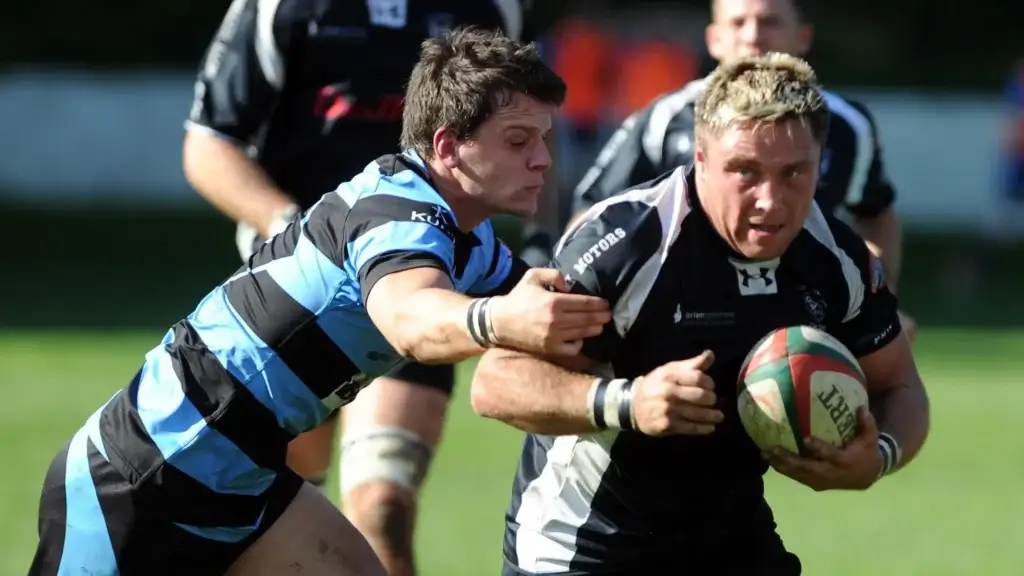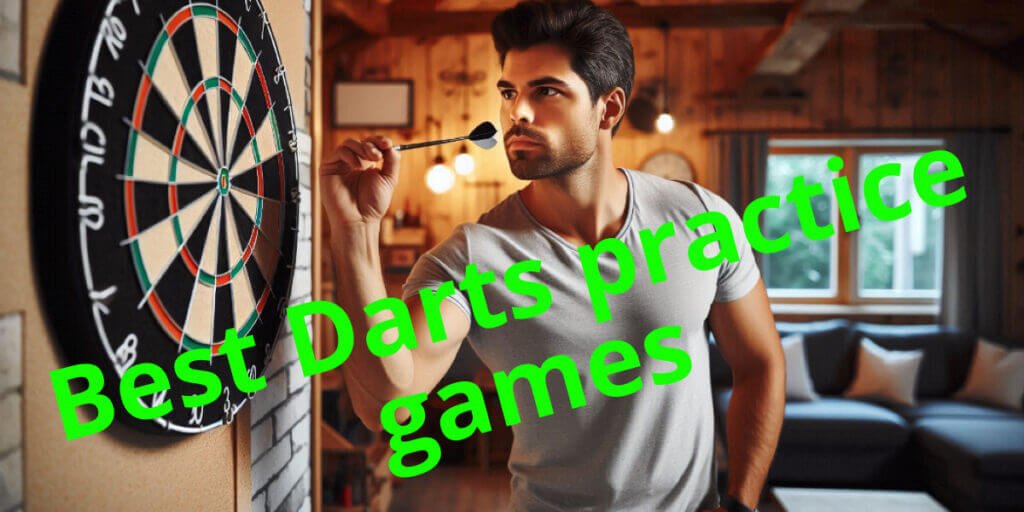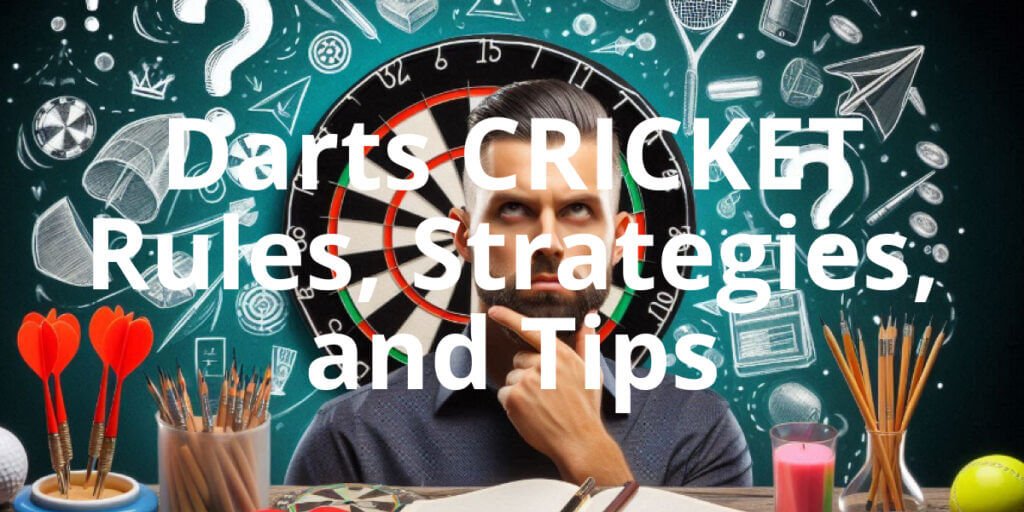Darts is often perceived as a game of precision and skill, but the truth is that physical fitness plays a crucial role in a player’s performance. While the mechanics of throwing a dart may seem straightforward, the physical condition of a player can significantly influence accuracy, stamina, and overall success. In this article, we will explore the connection between physical fitness and darts, examining how various aspects of conditioning can enhance performance on the oche.
Understanding the Physical Demands of Darts
At first glance, darts may not appear to be a physically demanding sport. However, like any athletic endeavor, it requires a unique set of physical attributes and conditioning. Here are some key demands that highlight the importance of fitness in darts:
- Muscular Endurance: Darts players must maintain stability and control throughout their throwing motion. This requires muscular endurance in the shoulders, arms, and core to support repeated throws without fatigue.
- Fine Motor Skills: Darts requires precise hand-eye coordination and fine motor skills. Maintaining physical fitness can help improve these skills by ensuring that the muscles involved in throwing are well-conditioned and responsive.
- Balance and Stability: A stable stance is critical for accurate throwing. Physical conditioning that focuses on core strength and balance can enhance a player’s ability to maintain a solid foundation while throwing.
- Mental Stamina: Competing in darts can be mentally taxing, especially during long matches or tournaments. Physical fitness contributes to mental stamina, allowing players to remain focused and composed under pressure.
- Recovery and Injury Prevention: A well-conditioned body is more resilient to injuries and can recover faster from exertion. This is crucial in a sport where precision is paramount, and even minor injuries can derail a player’s performance.
The Role of Cardiovascular Fitness
While darts may not seem like an aerobic sport, cardiovascular fitness plays a significant role in a player’s overall performance. Here are some ways that cardiovascular conditioning can impact darts:
- Increased Stamina: Matches can be lengthy, and maintaining focus for extended periods is essential. Improved cardiovascular fitness allows players to endure longer games without experiencing fatigue.
- Enhanced Recovery: Good cardiovascular conditioning enables players to recover more quickly between rounds or matches. This means they can return to the oche feeling refreshed and ready to perform.
- Mental Clarity: Regular cardiovascular exercise has been shown to improve cognitive function. A sharper mind translates to better decision-making and concentration during games.
- Stress Reduction: Competing in high-pressure situations can lead to anxiety and stress. Cardiovascular exercise is an effective way to manage stress levels, helping players stay calm and focused.

Strength Training for Darts
Strength training is another essential component of a darts player’s fitness regimen. Building strength in specific muscle groups can lead to improved performance on the oche. Here are some key areas where strength training can make a difference:
- Core Strength: A strong core is vital for maintaining balance and stability during the throwing motion. Core exercises such as planks, Russian twists, and medicine ball rotations can enhance this area.
- Shoulder and Arm Strength: The shoulders and arms are heavily involved in the throwing motion. Exercises like shoulder presses, resistance band work, and push-ups can help build strength in these muscles, leading to more powerful throws.
- Grip Strength: A solid grip is essential for controlling the dart during the throw. Incorporating grip-strengthening exercises, such as squeezing a stress ball or using hand grippers, can enhance this crucial aspect.
- Lower Body Strength: While the upper body does most of the work in throwing, a strong lower body contributes to overall stability. Squats, lunges, and leg presses can help build strength in the legs, allowing for a more stable base.
Flexibility and Mobility
Flexibility and mobility are often overlooked in the world of darts, but they are vital for optimal performance. Here’s why they matter:
- Improved Range of Motion: Flexibility allows for a greater range of motion during the throwing motion. This can lead to a smoother throw and better accuracy.
- Injury Prevention: A flexible body is less prone to injuries. Stretching and mobility exercises help keep muscles and joints healthy, allowing players to perform at their best without the risk of injury.
- Enhanced Recovery: Flexibility work can aid in recovery after training or matches. Gentle stretching helps to relieve tension in muscles and improve blood flow, speeding up the recovery process.
Mental Conditioning
While physical fitness is essential, mental conditioning is equally important in darts. The mental aspect of the game can significantly influence performance, and players must develop strategies to maintain focus and confidence. Here are some mental conditioning techniques that can complement physical training:
- Visualization: Many top athletes use visualization techniques to prepare for competition. This involves imagining successful throws and positive outcomes, which can help build confidence and reduce anxiety.
- Mindfulness and Focus: Practicing mindfulness can improve concentration and focus during matches. Techniques such as meditation or breathing exercises can help players stay present and calm under pressure.
- Goal Setting: Setting specific, measurable goals can provide motivation and direction in training. Whether it’s improving a particular aspect of the game or achieving a specific score, goal setting helps players stay focused on their progress.
- Mental Resilience: Developing mental resilience is crucial for overcoming challenges and setbacks in the sport. This involves cultivating a positive mindset and learning to bounce back from defeats.
Nutrition for Optimal Performance
Nutrition plays a vital role in an athlete’s physical condition. Proper fueling can enhance performance and recovery in darts, just as in any sport. Here are some key nutritional considerations for darts players:
- Balanced Diet: A well-rounded diet that includes a variety of fruits, vegetables, lean proteins, and whole grains provides the essential nutrients needed for optimal performance.
- Hydration: Staying hydrated is crucial for maintaining focus and energy levels. Players should drink plenty of water before, during, and after matches to ensure optimal hydration.
- Pre-Match Nutrition: Consuming a balanced meal or snack before a match can help sustain energy levels. Foods rich in carbohydrates and protein, such as whole-grain toast with peanut butter or a smoothie with fruits and yogurt, are good options.
- Post-Match Recovery: After a match, it’s essential to replenish lost nutrients and promote recovery. Consuming a protein-rich meal or snack within an hour of finishing can aid in muscle repair.
Integrating Fitness into Darts Training
To truly reap the benefits of physical fitness in darts, players should integrate conditioning into their regular training routines. Here are some practical tips for doing so:
- Cross-Training: Engaging in a variety of physical activities outside of darts can enhance overall fitness. Consider activities such as swimming, cycling, or weight training to build cardiovascular endurance and strength.
- Structured Fitness Programs: Implementing a structured fitness program that includes strength training, flexibility exercises, and cardiovascular workouts can create a well-rounded fitness regimen.
- Darts-Specific Drills: Incorporate fitness drills that mimic the motions of throwing darts. For example, practicing the throwing motion with resistance bands or weights can help build strength and improve technique.
- Regular Assessments: Periodically assess your physical fitness and performance in darts. This can involve tracking progress in strength, endurance, and accuracy, allowing you to adjust your training as needed.
The Takeaway
Physical fitness is an integral part of a darts player’s success. The connection between body and game cannot be overstated; a well-conditioned athlete is better equipped to handle the demands of competition, maintain focus, and achieve peak performance.
Whether you’re a casual player looking to improve your game or a professional aiming for championship glory, investing time and effort into physical conditioning can pay significant dividends. By focusing on cardiovascular fitness, strength training, flexibility, mental conditioning, and nutrition, players can enhance their overall performance and enjoy the many benefits that come with being fit.
As the sport of darts continues to grow in popularity, recognizing the importance of physical fitness will help players at all levels reach their full potential. So, as you prepare for your next match, remember that the body behind the dart is just as important as the dart itself. Embrace the journey of physical conditioning, and watch your game soar to new heights.





